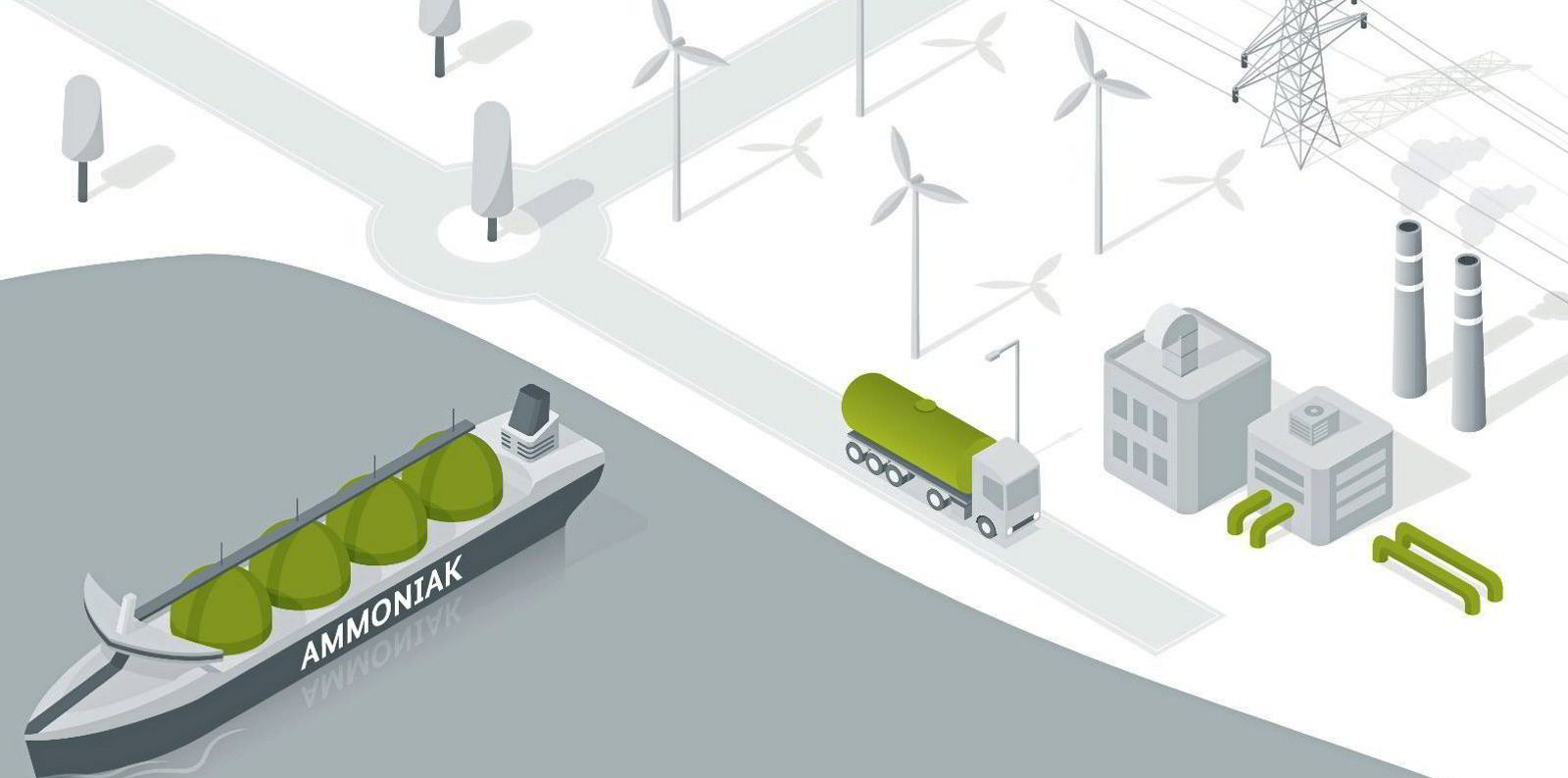Two approaches to developing hydrogen economies that extend to maritime transport were graphically highlighted in plans recently laid out by the UK and Germany.
The UK’s Hydrogen Plan for £4bn ($5.5bn) of investment in the fuel by 2030, most of which is envisaged to come from the private sector, pledged no new money to shipping.
The strategy repeated a past pledge to invest up to £20m in a Clean Maritime Demonstration Programme to develop green shipping technology and noted that the HySeas project to develop a hydrogen-powered ferry for the Orkney islands is in its final development stages.

Funding for the £10.8m HySeas project has mainly come from the European Union Horizon 2020 programme. It has put in £8m.
A day or two later, north German port operator Hamburger Hafen und Logistik (HHLA) said it would be able to draw on €2.3m to test new transportation technologies for green hydrogen within the federal government’s TransHyDE project.
TransHyDE is a scheme to develop and test systems for transporting green hydrogen from the islands of Rugen and Heligoland, where the fuel will be produced, in high-pressure containers and liquid organic hydrogen carriers.
The programme has been given €139m by Germany’s Federal Ministry of Education and Research over four years to test and upscale transport technologies from four demonstration projects, including existing and new gas pipelines and the movement of hydrogen as ammonia.
“The hydrogen economy cannot function without a suitable transport infrastructure,” TransHyDE states unequivocally on its website. “Solutions other than gas pipelines are required, especially for imports.”
It is an insight that appears to have been completely missed in the UK’s approach and is one that could be profitably replicated across the globe to address the issues of moving hydrogen from where it is produced to where it will be used.
Different conditions and problems will certainly be found in various parts of the world, and the experts behind TransHyDE say their goal is to answer “all the questions that Germany still has to ask itself in order to set up a national hydrogen infrastructure”.
TransHyDE is only one part of a three-pronged wider plan, funding 240 partners with a total amount of €740m. One project dubbed H2Giga will investigate the serial manufacture of large-scale water electrolysers, and H2Mare will explore the offshore production of hydrogen and secondary products, including ammonia and methanol.
Unsurprisingly, shipping industry group Maritime UK’s response to the British strategy was to repeat its call for £1bn to kick-start a decarbonisation programme.
Maritime UK chair Sarah Kenny added that £200m was needed to build a viable hydrogen network across Britain’s coast.
To an extent, larger players within the shipping industry are starting to plan ahead of the infrastructure development for investment in vessels that can significantly cut carbon emissions, despite the difficulties of knowing which fuels and technologies will best meet the needs to decarbonise.
But they really need to see the green economies developing in which those vessels will work.
Opportunities exist but need to be taken. A McKinsey report late last year included transport as a major segment of the US economy that could adopt hydrogen but warned the country lagged behind the EU, China and Japan in developing infrastructure.
US President Joe Biden’s $2trn infrastructure investment plan is a step in the right direction but could get bogged down in political opposition.
China may lead the US in investment, and has developed a huge solar manufacturing industry, but is still a massive user of coal. Also, its best prospects for producing green hydrogen lie in the south west of the country, far from population centres. Hydrogen production and transport infrastructure is an issue.
Over the last two decades, the UK has led the world in creating a 24 GW offshore wind industry, but now needs to link it up with the development of a wider green hydrogen economy.
More than just words are needed. So are deeds, and that means mobilising government investment in both the production and transport sectors of hydrogen economies.






